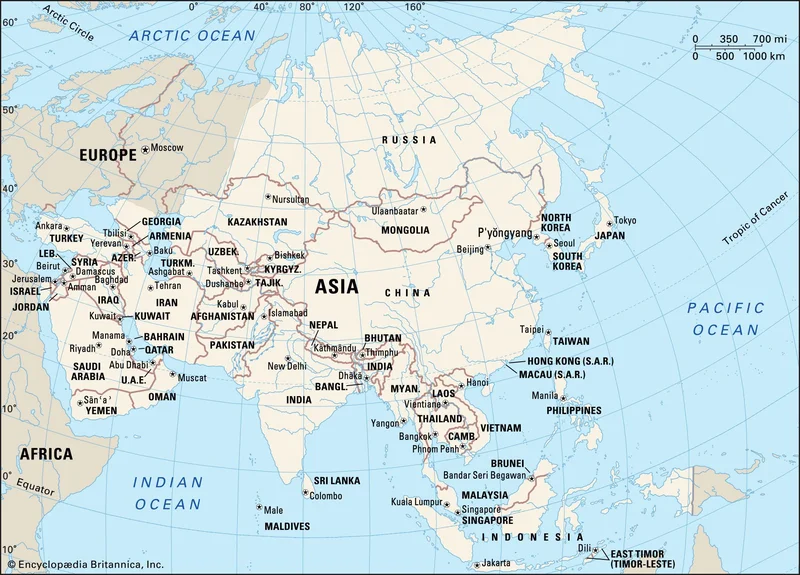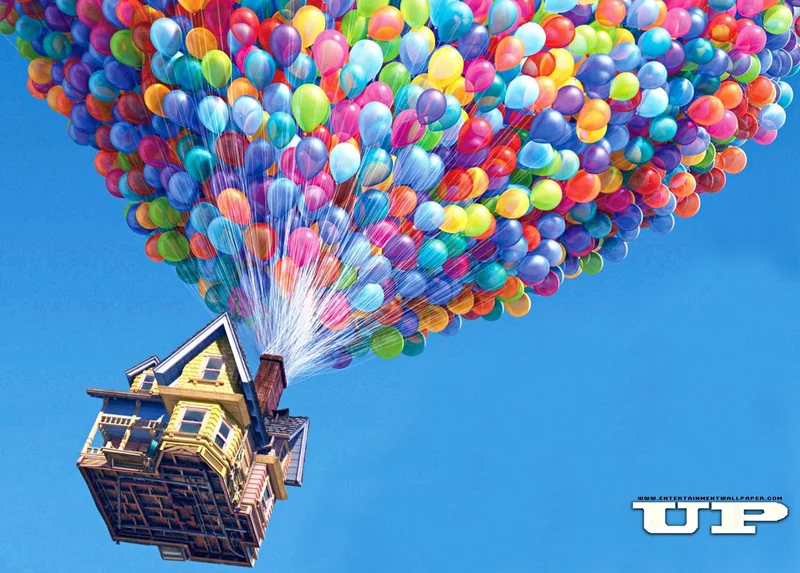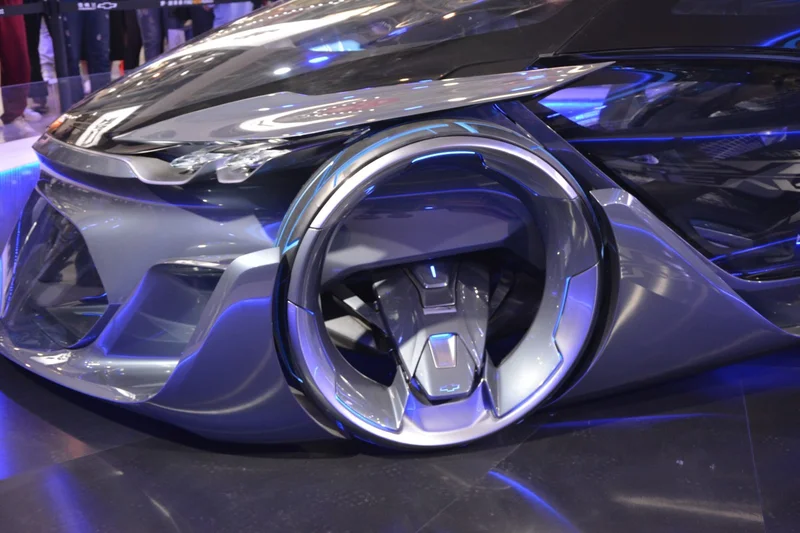Asia: Trump's 'G2' Revival and Washington's Anxiety
Let's cut to the chase: Every year, travel publications release their "must-see" lists. Asia's no exception. This year, Erbil in Iraqi Kurdistan is getting a lot of buzz, alongside the usual suspects like Abu Dhabi and even a resurgence for Udaipur, India. But what do these lists really tell us, beyond the marketing spin? Are they genuine recommendations, or just a reflection of travel industry priorities? I'm going to take a look.
Spotting the Trends
The article highlights a few key areas: Erbil for "bragging rights," Abu Dhabi for its cultural district, and Tashkent for its burgeoning arts scene. Seoul and Hong Kong are also mentioned, with new arts venues on the horizon. Udaipur gets a nod for hotel openings (aesthetically poles apart, apparently).
What's the through-line? It's not just about natural beauty or historical significance. It's about development. Erbil is "building a peaceful future," Tashkent is seeking to "make its mark," and Abu Dhabi is adding to its "breathtaking tally of museums." (That's a direct quote, by the way.) The common denominator is investment, and that investment is being framed as a reason to visit.
The Erbil Anomaly
Erbil stands out. The "bragging rights" angle is interesting. It suggests a desire for unique experiences, but also a certain... exclusivity. "Hey, I went to Iraqi Kurdistan." It's a talking point. But is it safe? Is it accessible? The article doesn't delve into those details.
And this is the part of the analysis that I find genuinely puzzling. What metrics are being used to determine "best"? Is it based on tourist numbers (which would likely be low for Erbil)? Is it based on growth potential? Or is it, perhaps, based on something less quantifiable, like the perceived "coolness" factor? Details on the selection methodology remain scarce, but the implication is clear: these lists are as much about shaping perceptions as they are about reflecting reality.

Follow the Money
The mention of new hotel openings in Udaipur is telling. Hotel openings mean investment. Investment means jobs. Jobs mean economic growth. Suddenly, a travel recommendation becomes an economic endorsement. This isn't necessarily a bad thing, but it's important to recognize the underlying dynamics. Travel publications rely on advertising revenue from hotels and tourism boards. It's a symbiotic relationship.
I've looked at hundreds of these travel lists, and this pattern is consistent. Destinations that are actively investing in tourism infrastructure tend to get more favorable coverage. There's a correlation (though proving causation is tricky).
Consider the Trump administration's use of the term "G2" to describe the US relationship with China. It sparked anxiety, as the article states. Why? Because it implied a power dynamic, a sense of shared global leadership. Similarly, these "best of" lists imply a certain hierarchy, a ranking of destinations based on… well, that's the question, isn't it? What criteria are really being used?
The Algorithm Has Spoken (Maybe)
These lists aren't inherently malicious. They can be a useful starting point for planning a trip. But it's crucial to approach them with a healthy dose of skepticism. Don't take them as gospel. Do your own research. Look beyond the marketing hype. Ask yourself: Who benefits from this recommendation? What are the underlying motivations?
Ultimately, the best place to go is the place that's right for you. Not the place that's trending on Instagram, or the place that's being touted as the "next big thing." Travel should be about personal enrichment, not about chasing bragging rights or conforming to some arbitrary standard of "best."
A Glimpse Behind the Curtain
The "best places to go" list is a reflection of investment, development, and carefully crafted narratives, not necessarily a pure, unbiased assessment of travel experiences.
-

Warren Buffett's OXY Stock Play: The Latest Drama, Buffett's Angle, and Why You Shouldn't Believe the Hype
Solet'sgetthisstraight.Occide...
-

The Business of Plasma Donation: How the Process Works and Who the Key Players Are
Theterm"plasma"suffersfromas...
-

The Great Up-Leveling: What's Happening Now and How We Step Up
Haveyoueverfeltlikeyou'redri...
-

NJ's ANCHOR Program: A Blueprint for Tax Relief, Your 2024 Payment, and What Comes Next
NewJersey'sANCHORProgramIsn't...
-

The Future of Auto Parts: How to Find Any Part Instantly and What Comes Next
Walkintoany`autoparts`store—a...
- Search
- Recently Published
-
- Stock Market 'News': Today's US Market Spin and the 'Live' Updates
- IRS Direct Deposit Relief Payments: What This Breakthrough Means for Your Financial Prosperity
- Bilbao: What the Data Reveals
- Outback Steakhouse Closures: The Financials Behind the Shutdown and Which Locations Are Gone
- The Burger Bubble Just Popped: Why Your Go-To Spot is Next on the Chopping Block
- The Bio-Hacked Human: What the New Science of the Core Reveals About Our Future
- Ore: What It Is and Why It Matters
- Firo: What is it?
- Avelo Airlines: FAA Cuts and the Lakeland Linder Opportunity
- Rocket Launch Today: What Happened and the Mystery Fireball
- Tag list
-
- Blockchain (11)
- Decentralization (5)
- Smart Contracts (4)
- Cryptocurrency (26)
- DeFi (5)
- Bitcoin (29)
- Trump (5)
- Ethereum (8)
- Pudgy Penguins (5)
- NFT (5)
- Solana (5)
- cryptocurrency (6)
- XRP (3)
- Airdrop (3)
- MicroStrategy (3)
- Stablecoin (3)
- Digital Assets (3)
- PENGU (3)
- Plasma (5)
- Zcash (6)
- Aster (4)
- investment advisor (4)
- crypto exchange binance (3)
- bitcoin price (3)
- SX Network (3)
